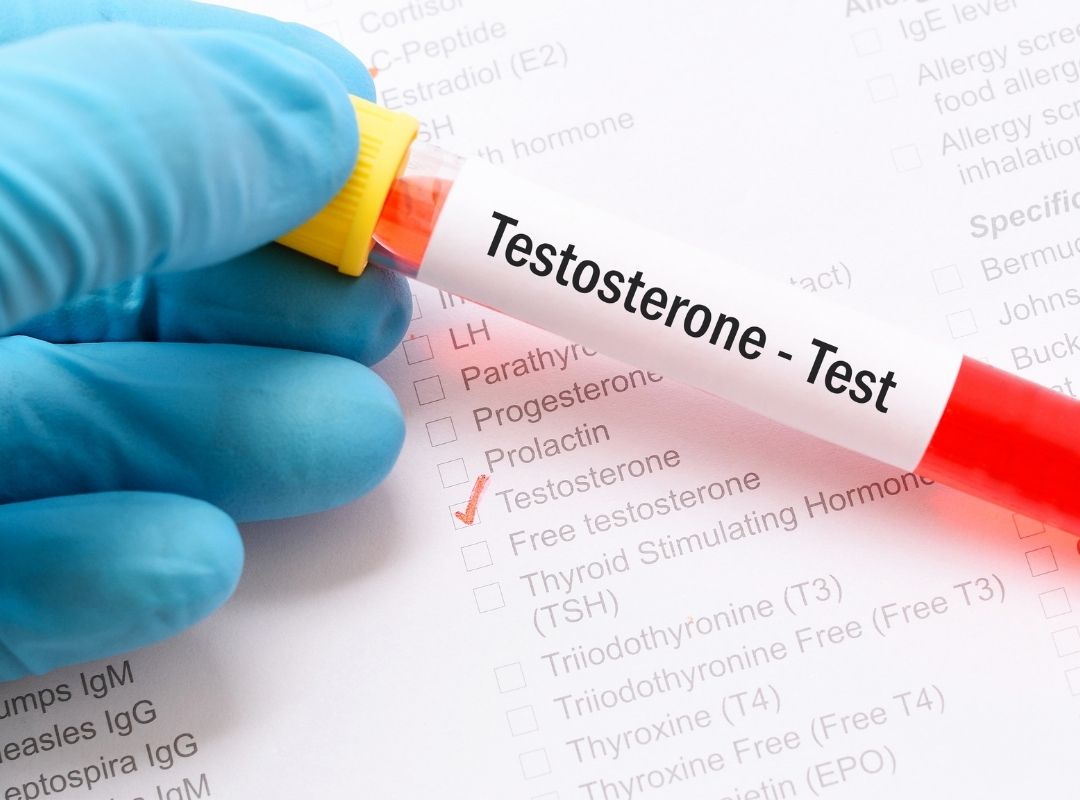Is it possible to raise testosterone levels with something other than testosterone? The answer is “yes.” Clomiphene (brand name called...

Is it possible to raise testosterone levels with something other than testosterone? The answer is “yes.” Clomiphene (brand name called...
